AvgBrü American Amber Ale
Recipe: American Amber Ale. Malts: Marris Otter, Munich, Crystal 60L, Chocolate. Hops: Columbus, Amarillo (2oz) and Centennial (2oz). Yeast: Imperial Kaiser. BJCP Style: 19A. American Amber Ale.
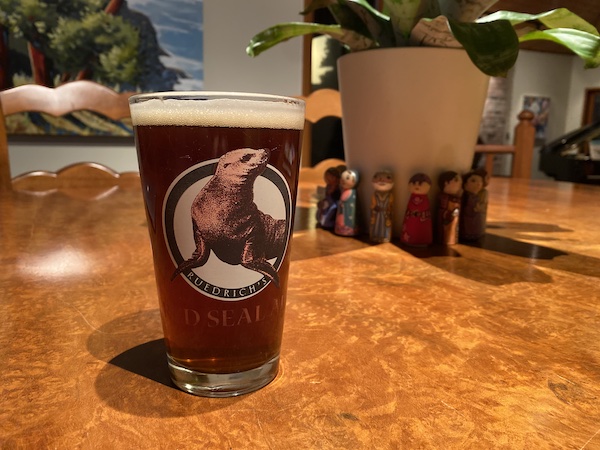 This quarter’s AvgBrü recipe from the Brulosophy homebrew club intrigued me: an American Amber Ale. I haven’t even seen an amber ale in over a decade, let alone brewed one. It’s been so long in fact that it feels like a new style. The recipe guidelines called for a mix of American or British malts, British yeast, and traditional American hops including amarillo, centennial, and cascade. I came up with the below recipe and fit the hop schedule to a process that works best on my Grainfather setup.
This quarter’s AvgBrü recipe from the Brulosophy homebrew club intrigued me: an American Amber Ale. I haven’t even seen an amber ale in over a decade, let alone brewed one. It’s been so long in fact that it feels like a new style. The recipe guidelines called for a mix of American or British malts, British yeast, and traditional American hops including amarillo, centennial, and cascade. I came up with the below recipe and fit the hop schedule to a process that works best on my Grainfather setup.
Cheesy Bread Loaf
Recipe: Cheesy Bread. Ingredients: White flour, butter, olive oil, cheddar.
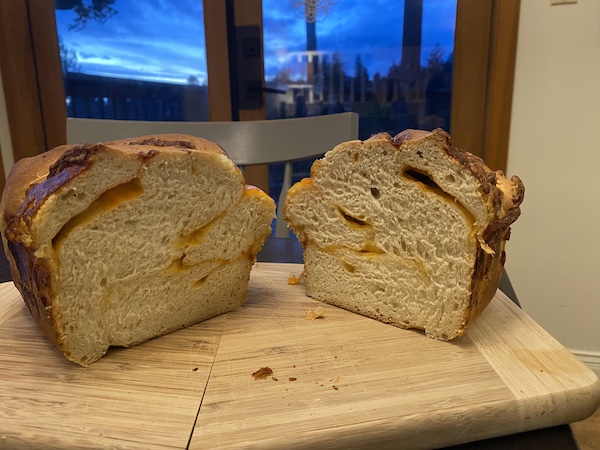 This loaf is a replacement for a ham and cheese pull-apart from a local bakery my kids love. I’ve been making this loaf as an accompaniment to “slop” recipes like chili and soups. I’ve made variations of this style of stuffed bread over the years but was never thrilled with the results until I stumbled across a genius fold technique wherein the dough is stuffed, rolled, then cut in half and braided. This technique allows the cheese to spread and ooze throughout the loaf instead of being confined to a tight swirl inside the loaf.
This loaf is a replacement for a ham and cheese pull-apart from a local bakery my kids love. I’ve been making this loaf as an accompaniment to “slop” recipes like chili and soups. I’ve made variations of this style of stuffed bread over the years but was never thrilled with the results until I stumbled across a genius fold technique wherein the dough is stuffed, rolled, then cut in half and braided. This technique allows the cheese to spread and ooze throughout the loaf instead of being confined to a tight swirl inside the loaf.
Britannia Mine Mill #1 - Canadian IPA
Recipe: Canadian IPA. Malts: Maris Otter, Carastan, Carapils. Hops: Fuggles (4oz), Goldings (2oz), and Willamette (2oz). Yeast: Foggy London Ale. BJCP Style: 12C. English IPA.
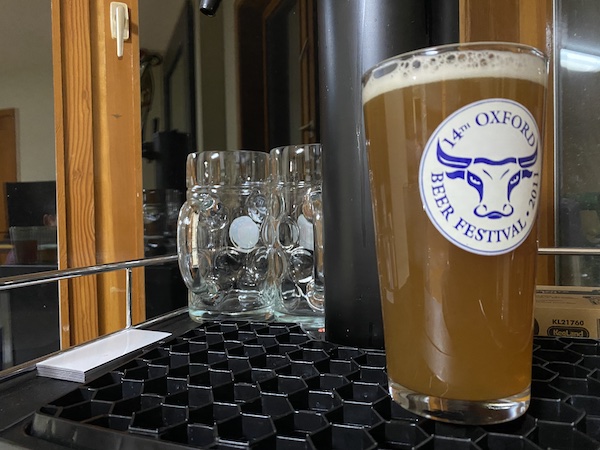 I chaperoned my daughter’s 5th grade field trip to the Britannia Mine museum recently. The entire time I couldn’t help but wonder what all these guys drank after a shift or on weekends. What types of beer did they have access to? What types of beer were even popular at the time? Unfortunately beer drinking didn’t feature prominently in the exhibits, so I’m left to making broad assumptions based on research. According to a Beer Advocate article, at the turn of the 20th century IPA accounted for 74 percent of the beer being produced in Canada. Digging deep into the characteristics of these beers would be fun but time consuming and I’ll save for a later date. For the time being I feel like brewing something relatively to style, that I want to drink, and that captures the feeling of cracking open 3 or 4 much needed IPAs after finishing a long-ass day in a mine.
I chaperoned my daughter’s 5th grade field trip to the Britannia Mine museum recently. The entire time I couldn’t help but wonder what all these guys drank after a shift or on weekends. What types of beer did they have access to? What types of beer were even popular at the time? Unfortunately beer drinking didn’t feature prominently in the exhibits, so I’m left to making broad assumptions based on research. According to a Beer Advocate article, at the turn of the 20th century IPA accounted for 74 percent of the beer being produced in Canada. Digging deep into the characteristics of these beers would be fun but time consuming and I’ll save for a later date. For the time being I feel like brewing something relatively to style, that I want to drink, and that captures the feeling of cracking open 3 or 4 much needed IPAs after finishing a long-ass day in a mine.
Knockoff Oatmeal Breakfast Stout
Recipe: Oatmeal Stout with Coffee and Cocao. Malts: Pale malt (2-row), Roasted barley, Chocolate malt, Carafa Special II. Hops: Columbus (0.5oz), Willamette (1oz). Yeast: Imperial Kaiser. BJCP Style: 16B. Oatmeal Stout.
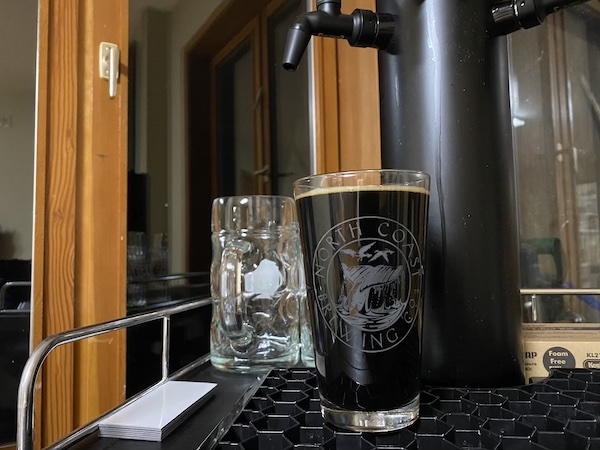 This oatmeal stout is inspired by some of the Founders Kentucky Breakfast Stout recipes out there. Despite that, this is not a KBS clone recipe, and isn’t really meant to be. I wanted this beer to be smaller in alcohol and have a nice coffee/chocolate balance. Unfortunately the coffee overpowers any chocolate notes from the cacao nibs. While still a good beer it lacks nuance and complexity that a winter warmer like this should have. In the next iteration I intend to find those flavour complexities with increased alcohol, bourbon, and oak.
This oatmeal stout is inspired by some of the Founders Kentucky Breakfast Stout recipes out there. Despite that, this is not a KBS clone recipe, and isn’t really meant to be. I wanted this beer to be smaller in alcohol and have a nice coffee/chocolate balance. Unfortunately the coffee overpowers any chocolate notes from the cacao nibs. While still a good beer it lacks nuance and complexity that a winter warmer like this should have. In the next iteration I intend to find those flavour complexities with increased alcohol, bourbon, and oak.
The BruSho Altbier
Recipe: German Altbier. Malts: Pilsner, Munich, Carapils, Maramunich III, Carafa I. Hops: Saaz, Czech (3oz) and Hersbrucker (0.75oz). Yeast: Imperial Kaiser. BJCP Style: 2B. Altbier.
 I stole this recipe from a recent BruSho episode. I was a little reluctant to brew it since commercially I haven’t found many examples of an altbier I liked. This particular recipe is solid though and makes a perfect fall or winter style beer. I fermented with Kaiser at 70F which is 10F warmer than recommended, and it definitely threw some esters. Because of that, the beer is less cleanly lager-like and something between an altbier and an english brown ale. Despite that I prefer this beer to other english brown ales and brown porters I’ve done in the past and I now have a couple of ideas to make those beers better. As for this beer, I’ll probably make changes to better suite my palate, which is to say cleaner with less caramel.
I stole this recipe from a recent BruSho episode. I was a little reluctant to brew it since commercially I haven’t found many examples of an altbier I liked. This particular recipe is solid though and makes a perfect fall or winter style beer. I fermented with Kaiser at 70F which is 10F warmer than recommended, and it definitely threw some esters. Because of that, the beer is less cleanly lager-like and something between an altbier and an english brown ale. Despite that I prefer this beer to other english brown ales and brown porters I’ve done in the past and I now have a couple of ideas to make those beers better. As for this beer, I’ll probably make changes to better suite my palate, which is to say cleaner with less caramel.
Prison Juice Cider
Recipe: Dry Cider. Fermentables: SunRype Apple Juice. Yeast: SafCider. BJCP Style: C1A. Common Cider.
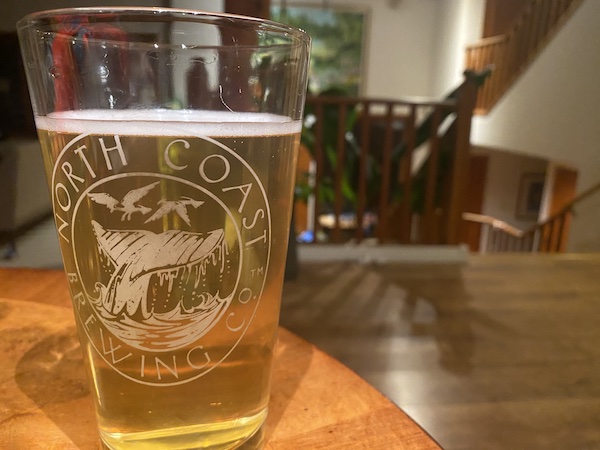 This was my introduction to brewing ciders and this recipe is basically prison juice. SunRype apple juice, yeast, and nutrient: that’s it. My brew day took about 15 minutes. It was so short I almost felt guilty. Despite the simplicity, the product is super drinkable and my wife seems to like it. It also makes for an interesting canvas to play with fruit and other additives. I’d like to make it a regular brew and keep playing with different fruit, hop, and spice flavors.
This was my introduction to brewing ciders and this recipe is basically prison juice. SunRype apple juice, yeast, and nutrient: that’s it. My brew day took about 15 minutes. It was so short I almost felt guilty. Despite the simplicity, the product is super drinkable and my wife seems to like it. It also makes for an interesting canvas to play with fruit and other additives. I’d like to make it a regular brew and keep playing with different fruit, hop, and spice flavors.
Ale Tales - Cold IPA Recipe
Cold IPA. Malts: Canadian Pilsner, Canadian 2-row, flaked corn, carapils. Hops: Northern Brewer (1oz), Mosaic (2oz), Citra (2oz) and Nelson Sauvin (2oz). Yeast: LalBrew Novalager. Fruity and citrusy clean lager.
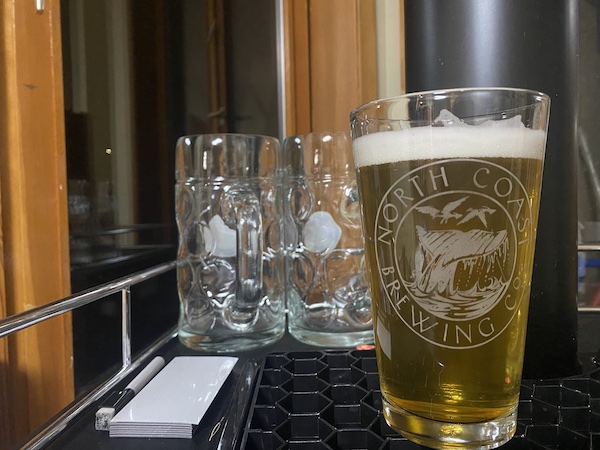 Iterating on my dry-hopped cream ale, I evolved the style into its more alcoholic and hoppy successor, the Cold IPA. The malt bill was recycled, increasing total grain 2 kg and upping the alcohol a percentage point. For a clean fruity and citrusy west coast ipa I went with Mosaic, Citra, and Nelson hops. 1 oz each of Mosaic and Nelson were added to a 20 minute 80C whirlpool. At the very end of fermentation, 1 oz each of mosaic, citra, and nelson were added to the fermentor for 5 days. Water was left largely untouched which was a mistake for an IPA. (see notes) The end beer was mostly what I was shooting for: a juicy, clear, and fruity IPA that showcases some interesting hops but isn’t so big or hoppy that I can’t drink more than one.
Iterating on my dry-hopped cream ale, I evolved the style into its more alcoholic and hoppy successor, the Cold IPA. The malt bill was recycled, increasing total grain 2 kg and upping the alcohol a percentage point. For a clean fruity and citrusy west coast ipa I went with Mosaic, Citra, and Nelson hops. 1 oz each of Mosaic and Nelson were added to a 20 minute 80C whirlpool. At the very end of fermentation, 1 oz each of mosaic, citra, and nelson were added to the fermentor for 5 days. Water was left largely untouched which was a mistake for an IPA. (see notes) The end beer was mostly what I was shooting for: a juicy, clear, and fruity IPA that showcases some interesting hops but isn’t so big or hoppy that I can’t drink more than one.
Throwback Dry Hopped Cream Ale
Recipe: American Cream Ale (BJCP 6A). Malts: Canadian Pilsner, Canadian 2-row, flaked corn, carapils. Hops: Northern Brewer (1oz) and Cascade (2oz). Yeast: LalBrew Novalager. An easy drinking dry-hopped cream ale homebrew recipe. BJCP: 01C. Cream Ale.
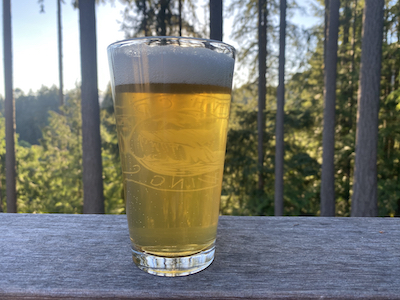 Continuing on my lager quest I saw it fitting to brew a classic American Cream Ale, BJCP category 6A. This recipe is as standard as an American Cream Ale can get, except for the 1 oz charge of cryo-Cascade at the end. Despite the dry hop, this beer has all the lawnmower feels I love about American beer: it is plebeian, boring, and crushable. I would recommend you try this beer if you too appreciate thirst quenching lagers.
Continuing on my lager quest I saw it fitting to brew a classic American Cream Ale, BJCP category 6A. This recipe is as standard as an American Cream Ale can get, except for the 1 oz charge of cryo-Cascade at the end. Despite the dry hop, this beer has all the lawnmower feels I love about American beer: it is plebeian, boring, and crushable. I would recommend you try this beer if you too appreciate thirst quenching lagers.
Basic Vegan-Friendly Sandwich Loaf
A basic vegan-friendly sandwich loaf. Makes a single loaf.
 My family’s weekly sandwich loaf. This recipe is as simple as I can make it and vegan friendly as well! The recipe is flexible enough to dial up/down the whole wheat flour to your liking and oat milk can be replaced with cow milk if desired. I have found this particular shaping and baking method key to consistently shaped sandwich loaves. Happy baking!
My family’s weekly sandwich loaf. This recipe is as simple as I can make it and vegan friendly as well! The recipe is flexible enough to dial up/down the whole wheat flour to your liking and oat milk can be replaced with cow milk if desired. I have found this particular shaping and baking method key to consistently shaped sandwich loaves. Happy baking!
Ale Tales - Bohemian Pils
Bohemian Pilsner. Malts: German Pilsner, Carapils. Hops: Saaz (1.25oz), Saaz (1.75oz), Saaz (1oz), Saaz (1oz). Yeast: SafLager W-34/70.
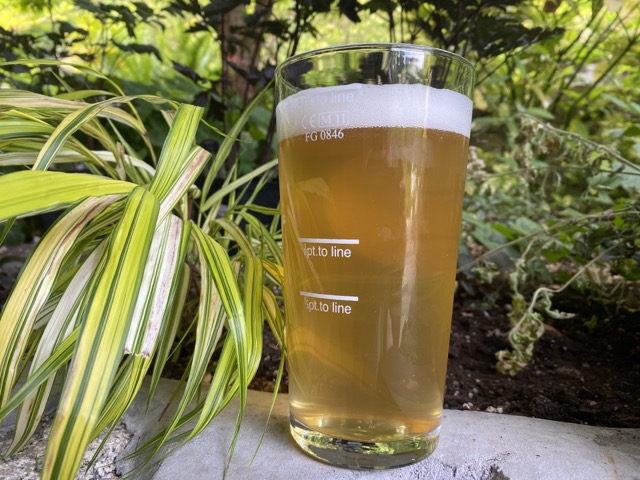 I decided to start my pilsner journey with a known recipe this time from Brewing Classic Styles. Putting my own preferences aside this recipe is solid ground to build upon (obviously). I adjusted the malt and hops to better fit my brewery utilizations, specifically I toned down the hop additions and decreased the base malt. The beer turned out fantastic and it won’t last long. Unfortunately I’ll need to wait another 4-6 months before I can brew pilsners again!
I decided to start my pilsner journey with a known recipe this time from Brewing Classic Styles. Putting my own preferences aside this recipe is solid ground to build upon (obviously). I adjusted the malt and hops to better fit my brewery utilizations, specifically I toned down the hop additions and decreased the base malt. The beer turned out fantastic and it won’t last long. Unfortunately I’ll need to wait another 4-6 months before I can brew pilsners again!